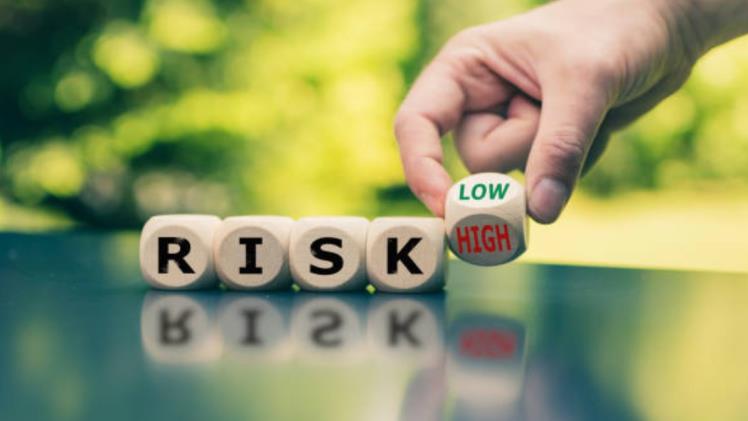High-risk gaming modes have gained popularity in various genres, offering players intense challenges, greater stakes, and heightened rewards. Whether in competitive settings, survival-based experiences, or gambling-inspired mechanics, these modes often test a player’s skill, decision-making, and ability to handle pressure. While they can provide exhilarating gameplay, they also come with potential downsides that must be considered before diving in.
The Appeal of High-Risk Gameplay
Many players are drawn to high-risk modes due to the thrill of uncertainty and the potential for significant rewards. These modes often introduce elements such as permadeath, high-stakes wagering, or extreme difficulty settings, creating tension that enhances immersion. The excitement of overcoming steep challenges and achieving rare victories keeps players engaged, providing an adrenaline-fueled experience that standard gameplay may not offer. Competitive players especially enjoy these formats, as they encourage strategic thinking, mastery, and fast decision-making under pressure.
Increased Stakes and Consequences
Unlike standard gameplay, high-risk modes often introduce severe consequences for mistakes. Losing in such settings can result in forfeiting progress, resources, or ranking positions. In some cases, players may experience total elimination from a session, forcing them to start over with significant setbacks. The impact of failure in these modes creates an intense experience, requiring players to approach decisions carefully and manage risks efficiently. While some enjoy this heightened challenge, others may find it frustrating or stressful, particularly if losses feel disproportionate to the effort invested.
Psychological and Emotional Effects
High-risk modes can impact player emotions and mental state, particularly if they involve gambling-style mechanics or extreme difficulty spikes. The pressure to perform well may lead to stress or anxiety, especially in competitive environments where rankings and rewards are at stake. Repeated losses in high-risk scenarios can discourage players, leading to frustration and decreased enjoyment. Conversely, the exhilaration of victory can be highly rewarding, fueling motivation and confidence. Players must assess their tolerance for risk-based emotional swings before fully committing to these modes.
Skill Development and Strategic Growth
For players seeking to improve their abilities, high-risk modes offer valuable opportunities for skill development. These formats often require advanced strategy, quick adaptation, and calculated risk-taking, encouraging analytical thinking and precision. Surviving or succeeding in these conditions fosters resilience, helping players refine their techniques while enhancing reaction times. Competitive gamers and those looking to sharpen their expertise often use these modes as a training ground to refine skills under pressure.
Ethical and Responsible Gaming Considerations
Some high-risk gaming modes incorporate gambling-style mechanics, requiring players to wager in-game currency or real money to participate. While these systems can add excitement, they also present ethical concerns regarding addiction and financial risk. Developers and players must practice responsible gaming habits, ensuring that high-stakes play remains entertaining rather than harmful. Establishing personal limits, avoiding excessive wagering, and recognizing signs of compulsive behavior help maintain a balanced approach to such gameplay.
Finding the Right Balance
Deciding whether to engage in high-risk modes depends on individual playstyle, risk tolerance, and personal gaming preferences. Players who thrive on intense challenges and competitive stakes may find these experiences highly rewarding, while others may prefer more relaxed and accessible gameplay. Moderation and self-awareness are key in enjoying these modes without experiencing negative consequences. Knowing when to step back, taking breaks, and balancing gameplay with other activities help maintain a healthy gaming experience.
Conclusion
High-risk gaming modes like bdg game offer thrilling and competitive experiences that challenge players both strategically and emotionally. While they can enhance skill development and provide exhilarating moments, they also come with increased stakes, potential frustration, and ethical considerations. Players must assess their preferences, tolerance for risk, and ability to manage challenges responsibly before engaging in these intense gaming experiences. Maintaining balance and playing responsibly ensures that high-risk modes remain an enjoyable and rewarding aspect of gaming rather than a source of stress or difficulty.
Would you like additional refinements or specific insights on a particular type of high-risk mode?

